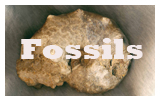

 |
 |
Miocene deposits are exposed around the Chesapeake Bay. Excellent
exposures are along the western shore in Maryland.
The fossils are
marine and include both vertebrate and invertebrate species. Here is an
example of one of the fossiliferous layers (Click on the photo for
additional location photos.):
|
Miocene Fossils of Maryland lists 624 species of which 408 are mollusks. Zone 10, Plum Point
Here are additional links with information:
|
||
One of my favorite finds is a scallop with attached barnacles.
|
Scallops are very common and frequently both valves are present.
|
||
These are scallops from Zone 11 of the Calvert formation:
|
|||
Here is another species of barnacle.
|
In this instance, these pieces were inside. They are the terga (Two trianglar pieces on the left) and
|
||
Numerousl Anadara (ark clams)
|
In this specimen, both valves are present.
|
||
The genus, Astarte, is also well represented.
|
.jpg) .jpg) |
||
As well as a number of other bivalves.
|
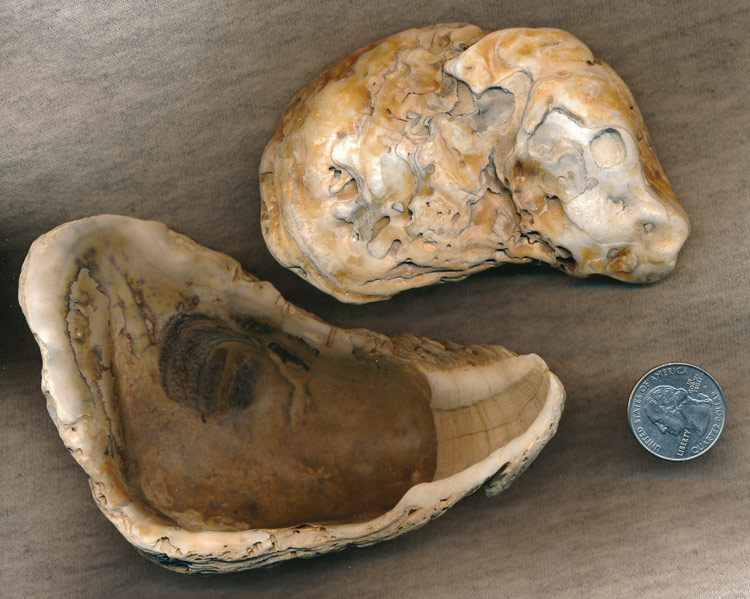 |
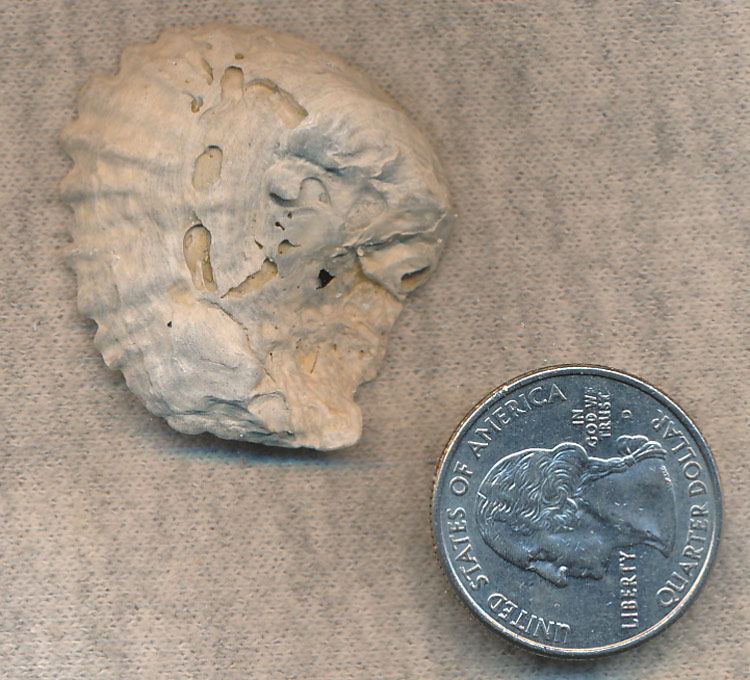 |
|
| Most oyster shells are single valves but here is a specimen with both valves. | |||
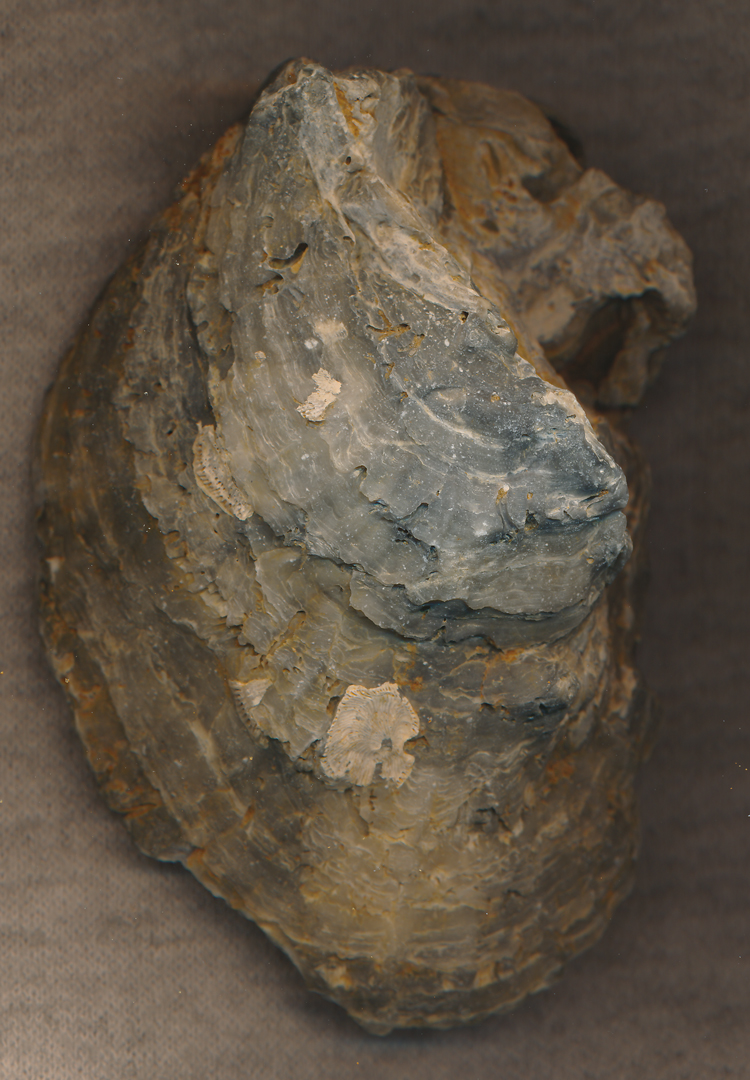 |
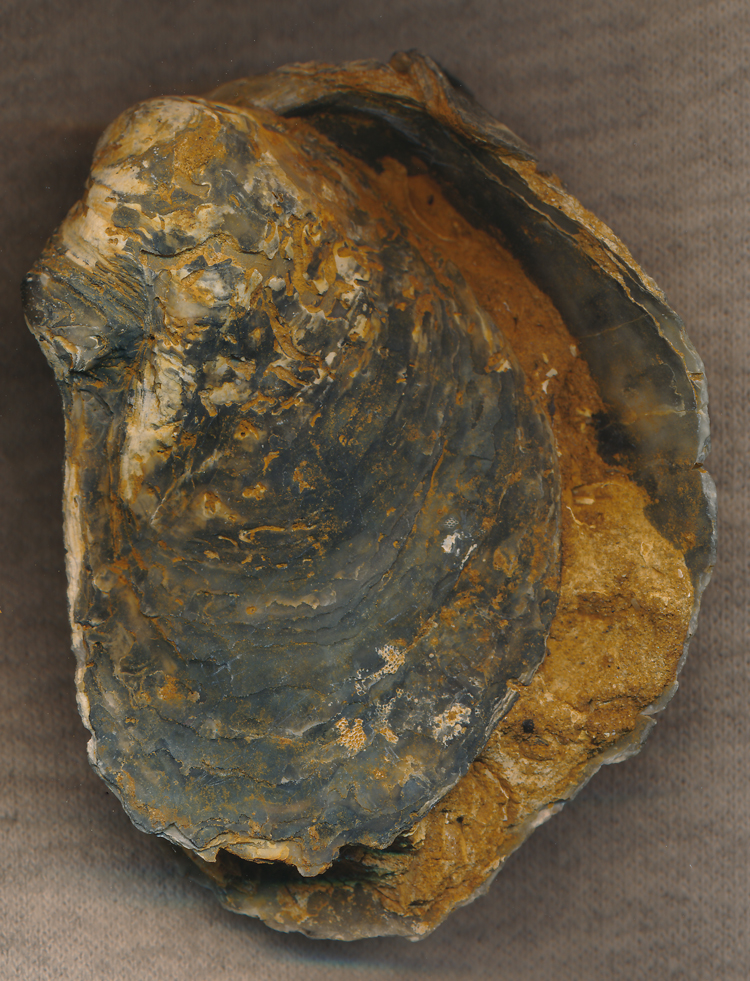 |
||
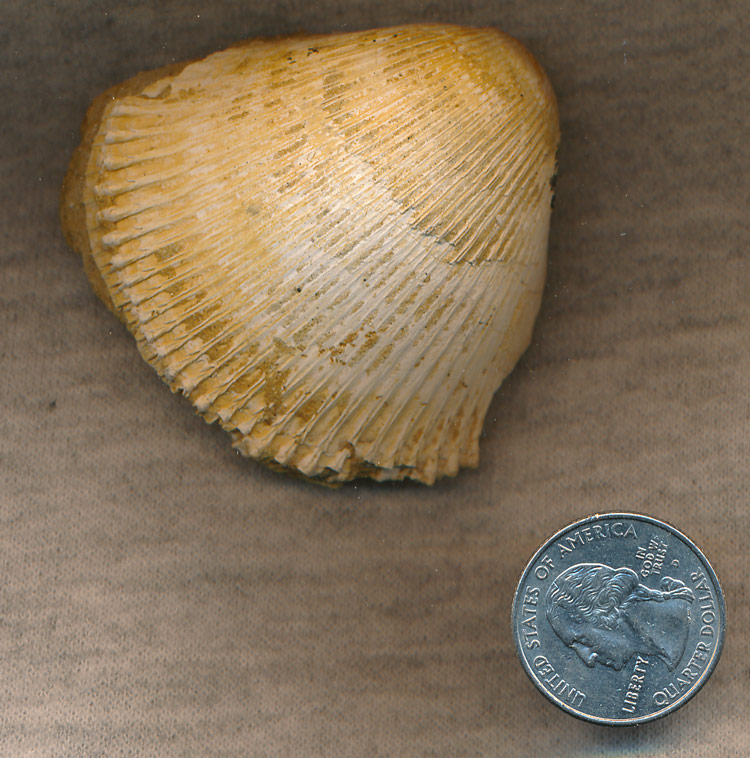 |
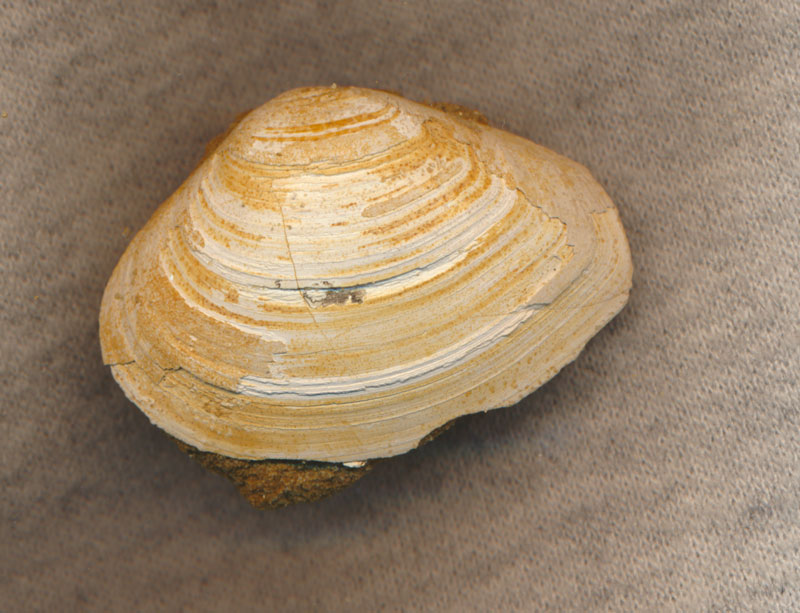 |
||
There are a variety of gastropods.
|
|
||
Coral was present at the time indicating a more tropical climate than now.
|
This an alligator or crocodile tooth.
|
||